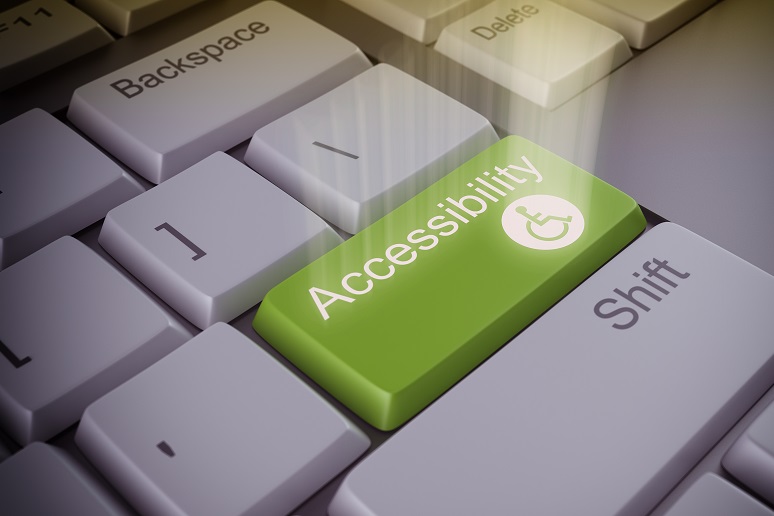As enterprise IT leaders plan for a collaborative future that takes into account WFH and hybrid work environments, they should pause and ask themselves: Are my technology choices useable — accessible — to all users, regardless of ability?
Of course, many enterprise IT leaders will already be making technology decisions with accessibility in mind, but those who haven’t face a practical reason for doing so now: Workers with disabilities have become a crucial part of the workforce. One statistic of note: Roughly 4.8 million workers with disabilities represented 3.2% of the total U.S. workforce, according to a Kessler Foundation survey. Additionally, the survey percentage of employed Americans with disabilities increased to 31% in June 2019, as opposed to 29.5% in June 2018.
And communications and collaboration vendors are doing their part to help further accessibility goals. Below we explore how communications tools and advanced speech technology have become a vital part of helping low vision, blind, deaf, and hard of hearing workers, inside and outside the enterprise.
Bringing Sight to the Blind with Twilio, Google
At its Signal customer and developer conference last week, Twilio addressed
the topic of accessibility in a session that included Alexander Hauerslev Jensen, chief commercial officer of Be My Eyes, which provides an app that can connect low-vision and blind users with a network of sighted volunteers.
During the presentation, Jensen discussed how Be My Eyes uses Twilio’s video API for the app. A Be My Eyes app user points their video-enabled device at what they need help comprehending, and the sighted volunteer can explain what is happening, Jensen explained. A promotional video for Be My Eyes shows the app’s use for navigating a noisy train station or reading the expiration date on a carton of milk. The Be My Eyes app provides connectivity to Google, Microsoft, and other companies for accessible customer support, he added.
Google Cloud features a similar app, EyeSpace, in
a YouTube video. With EyeSpace, a blind or low-vision user can point their video-enabled device at their surroundings to better understand the layout and what’s around them? Instead of a volunteer providing the description, EyeSpace generates a voice description of what’s in front of the user by using a combination of Google AI and neural networks.
While the Be My Eyes and EyeSpace demos focus on non-work-related activities, they’d be useful in enterprise settings, too. For example, a low-vision employee might use either when visiting a new office and needs some assistance to get around. If they need help reading an important work document, and a Braille version isn’t available, the user can connect with someone on Be My
Eyes for assistance.
Zoom Adds Accessibility Features to Video
Other vendors have revamped their video experiences to be more accessible. In a blog posted late last month,
Zoom revealed several updates that can provide deaf and hard-of-hearing users with a better video experience. With the updates, users can highlight and pin multiple videos at once (not just the active speaker), Zoom said. In one possible use case, a deaf or hard-of-hearing user could pin and highlight the main speaker and a sign language interpreter so they can see both streams simultaneously, Zoom explained. Similarly, users can re-order the appearance of speakers and video streams via a drag-and-drop feature within the gallery view.
Other accessibility features include closed captioning and enhanced screen reader support. Closed captioning is available with professional captioners or can be relegated to a meeting participant, Zoom said. Users can control caption size through the Accessibility settings, and configurations with third-party caption providers are also available, according to Zoom. Similarly,
Microsoft introduced live caption and speaker recognition for Microsoft Teams over the summer.
Building an IT Practice for All
While the topic of accessibility is a nuanced one, the communication and collaboration technology industry is uniquely positioned to address these challenges, and the above are just a few examples how vendors and organizations are tackling the issue head-on. Technology is just part of the puzzle though; the other (arguably more important) part being IT leadership. And just as the
topic of racial and gender diversity have permeated the enterprise in recent year, accessibility should be a major focus for those looking to create inclusive workplaces.










